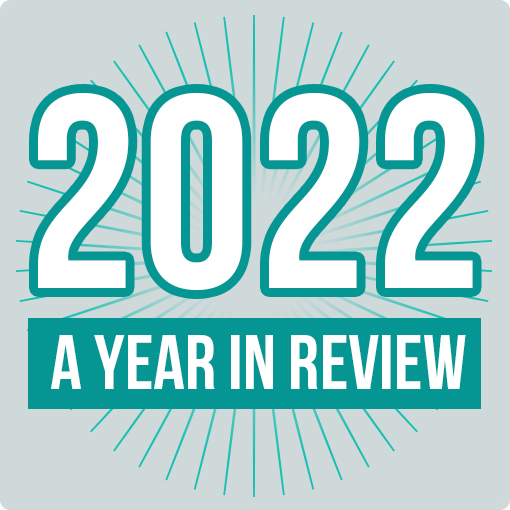Early on in my 20 years as a digital marketer, my focus spanned three areas: measurement; email marketing; and a small search engine that was gaining some traction, Google.
Measurement was about knowing as much as you could about Google Analytics. Email marketing was in its infancy, so people were still opening the emails they were sent and Google had clicks worth cents, not dollars.
I look back on the simplicity of those times with fondness, which is ironic because in 12 or18 months’ time, I’ll probably look back on the complexity we experience now and have the same thoughts. “How simple things were back in mid-2022,” I’ll think.
I have written before on the “fuzzy” targeting coming our way and offered two strategies to help manage the vagaries of this area.
But what about the overall messages your marketing contains? How should these change to survive when not only is the targeting fuzzy, but the overall measurement of any results could be fuzzy too?
To guide your review, I offer three themes:
- Precision
- Personality
- Performance
Precision
It’s easy to experience marketing messages that survive or fail in the fuzzy world. Just turn on the radio, devour some TV or read the newspaper.
In these channels, advertising is targeted by the metrics of content and cost. You can pay a premium and run your ad on the Mike Hosking drivetime radio slot or just before the One Network News. The networks tell you the demographics of Mike’s listeners and the One News audience, and the fuzzy targeting hopefully includes your audience.
To survive here, I offer my first P – the Precision of your messaging: defining exactly what you want to say and who you want to say it to.
Waffle wastes money. Messages that work well get to the point quickly and “call out” the ideal consumer with believable and unique benefits. Consume some traditional advertising for a few days and notice what works well and, likewise, what fails miserably. If you took your existing digital marketing messaging and placed it on TV or as a radio or print ad, how well would it perform?
Personality
I don’t own a farm so I don’t need a 4WD ute. But I adore the Toyota Hilux TV ad where owners catch up to connect in a special way before going on their way. Targeting of this advertisement is hopelessly fuzzy, but the personality of the message means that hundreds of thousands of viewers are probably just like me and, although they have no interest in buying a ute, find the ad amusing instead of annoying.
Will the personality of your digital advertising survive such fuzzy targeting? Will you be remembered or immediately forgotten? Is there any personality in your advertising?
Performance
When someone walks into a Toyota dealership and buys a new Hilux, there’s no way for the marketing team to know with 100% certainty that the 30-second TV ad started the customer journey. Digital marketing was touted as part of the solution to this problem, with the catch cry of “why spend so much on a channel that tracks so little?”.
Oh, how things are changing.
If we all choose not to allow Facebook and Google to track our internet travels (the vast majority of iPhone users have voted this way with the Facebook app) then this same experience of unknown performance will come to digital marketing.
There will be a way out, but the measurement metrics will be fuzzy. One crude way forward could be based on an old strategy from the early days of digital marketing.
The strategy involved the digital advertising channel taking a copy of the client’s website (yes, the whole website) and hosting it on their own domain as a place to send their traffic. That way they could tell the client exactly how many phone calls or leads they were 100% responsible for.
This worked well when websites were only about five pages deep, but it’s an impractical solution now that most websites are large and complex. And when advertisers use three or four advertising channels, creating three or four versions of their website would be a mess.
Nevertheless, here at ARK we often use a skimmed-down version of this strategy to be 100% sure of how many leads a channel has delivered. More strategies along these lines will no doubt come as the stats provided by the ad channels become fuzzier and fuzzier.
And there you have it – three themes to apply to your messaging and its measurement to prepare yourself for the fuzzy times ahead.
Contact me today and let’s see how we can apply 20 years of my experience to your journey ahead.



